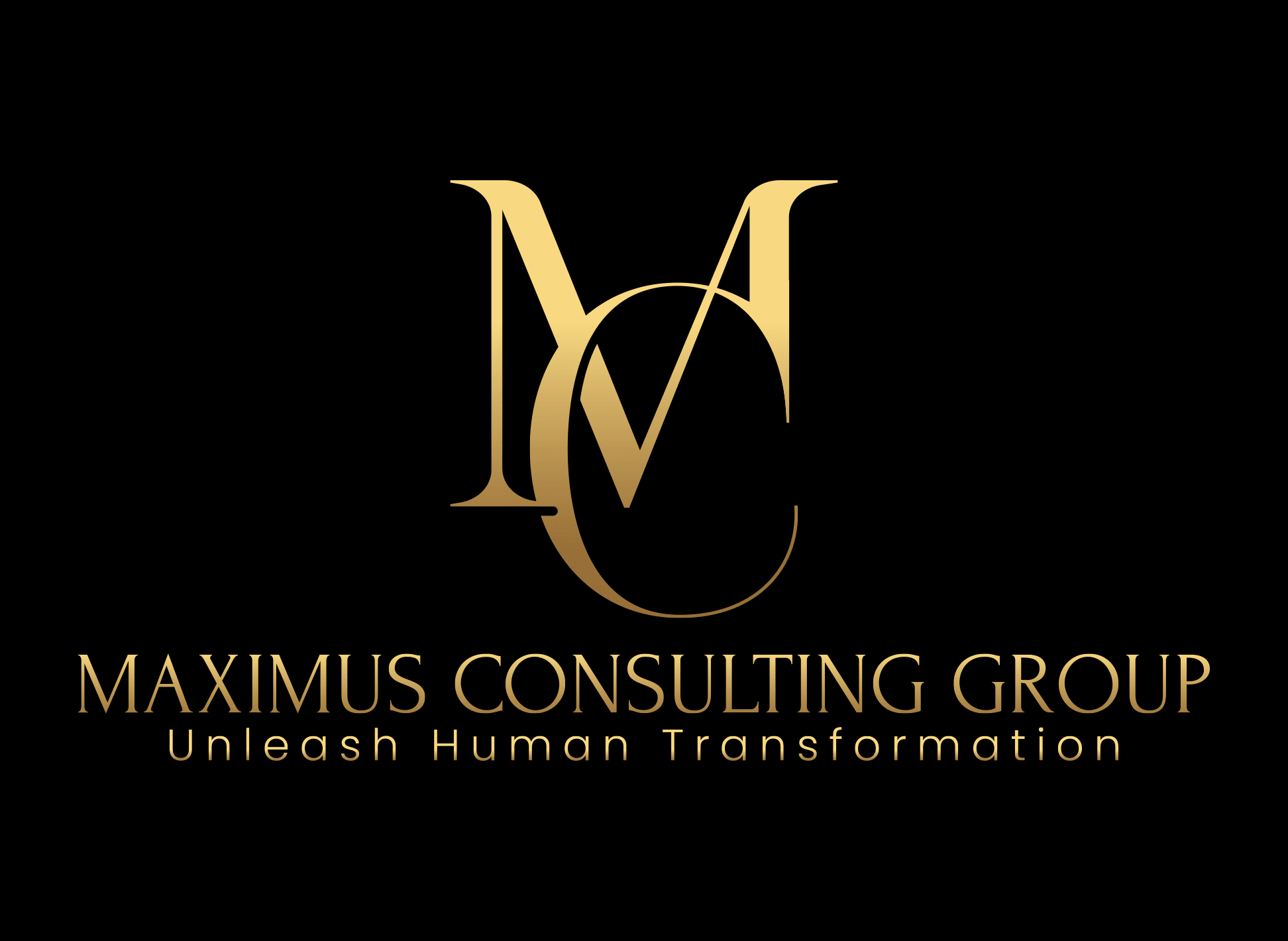About two years ago, my son Will was obsessed with Band-Aids. I would walk in the bathroom and find him sitting on the floor covering his knees, legs, and arms with Band-Aids. Sometimes I just found the evidence — a pile of packaging and wrappers. This habit was starting to get expensive, so I tried to figure out what was behind the obsession and what were some action steps we could take to prevent us from needing to buy stock in Band-Aid. Was Will tripping too often? Were his shoes too small? Did he need glasses? Was he just very accident-prone? Well – yes and no. He had as many scrapes and bruises as most 7-year old boys typically have from roughhousing and exploring outside. I found, though, that he was often covering his bruises. I tried to explain that although bruises might be uncomfortable, they do not need Band-Aids to heal. He disagreed.
How often do we cover our organizational bruises with Band-Aids? As I meet with organizations around the world, we often talk about the bruises or pain points they are experiencing and sometimes covering.
Here are some examples of what I’ve heard in the last few weeks:
- We are in the process of merging with another organization. Our cultures are very different. We’ve had quite a bit of attrition, and we’re losing great talent as a result.
- We are in the middle of a reorganization. It’s starting with Human Resources and working through every department. People are fearful that they will be next.
- My key staff member who manages our leadership initiatives was just promoted! Unfortunately, we will not be getting a replacement for about a year. We’ll need to scale back our efforts. It’s too bad – we were just gaining momentum.
- Our CEO says she is committed to inclusion & diversity. Yet it is very difficult to get her and her team to engage.
- We are expanding into new global markets. We now have offices in London, Beijing, Sao Paolo, and New York. We have a new complicated matrixed reporting structure. New global project teams have formed and are experiencing more frustration and less productivity than normal.
- Our employee engagement scores have recently plummeted. There seems to be a lack of trust in leadership.
You get the point.
Last week I met with a Senior Vice President (SVP) of Human Resources who recently took on responsibility for Inclusion & Diversity. He agreed to take on the challenge only if he could also oversee Talent Acquisition. His main concern was impact. A bruise that kept plaguing this organization was filling customer-facing positions with individuals who did not reflect the communities they serve. The organization had been doing several things to address their diversity needs: Recruiters sourcing and offering a diverse slate of talent to hiring managers; Unconscious bias training provided across the organization; appointing inclusion and diversity champions throughout the business; and engaged employee resource groups. These initiatives are a lot more than just Band-Aids. They are necessary for scaling inclusion efforts, accountability, and creating a sense of belonging. However, the SVP understood that he had to discover the root cause of why diverse talent were not being hired or retained. He knew it might be an uncomfortable process, but he set out to find what was causing the lingering bruises instead of just covering them up with other good initiatives.
Here are a few questions you can reflect on to determine if you are using a Band-Aid to address a diversity bruise:
- How many diverse people have you hired across senior leadership, management, and staff? (The definition of diverse depends on the customers and/or markets you serve and the current composition of your organization/institution. For example, culturally diverse could include ethnicity, race, gender, sexuality, nationality, veteran, abilities, cognitive diversity, etc. But don’t take the easy way out. Would others look and say you are diverse?)
- What areas of your organization are less diverse than others? Is there a diverse slate of candidates for all open positions in that area? If so, do symptoms of affinity bias exist as a result of hiring decisions? (i.e., Many team members from the same university, similar external appearance, all in one age group, etc.)
- Do recruiters struggle with influencing the hiring manager when it comes to building a diverse team? (Hint: Ask the recruiters!)
- Do you see patterns of attrition and turnover in certain areas of your organization? Are employee satisfaction scores low in those areas? What are the employees saying? Is there a common thread? Have you addressed the pain point with a “mandatory” unconscious bias training? If so, what was the reaction? What kind of impact did that have on decision-making, practices, and policies?
- Do you offer opportunities for continuous learning related to building cultural intelligence (CQ) and mitigating bias for your HR business partners, talent acquisition teams, and hiring managers, or is it a one-time event?
- Do inclusion training or learning initiatives promote organizational cultural values? Are they tied to business drivers and organizational strategy? Are they integrated into other leadership programs?
- Have the learning experiences offered to leaders resulted in behavioral change across their teams? Are teams working more effectively? When conflict arises, are they suspending judgment and asking questions to better understand before acting? Have customer and/or employee complaints decreased?
- Are your leaders leading with authenticity and adapting when necessary to help their teams thrive?
This list is not exhaustive. In general, you may have a Band Aid-fix if you have pockets of attrition, homogenous teams, one-off cultural competency workshops, inclusion and diversity initiatives that are not addressing a business need, and policies/ practices that have not been reviewed with a lens for inclusivity. Your goal is to figure out why the bruises keep happening and collaborate with your leadership and teams to disrupt the “way we’ve always done things” approach and dig in!
Thankfully, two years later, I am happy to report that we no longer need to buy stock in Band-Aid. The bruises have lessened, and Will’s Band-Aid habit has subsided. Although Will still has bumps and bruises, he no longer feels the need to cover. On to the next parenting challenge!
If you’ve experienced a similar challenge in your organization or institution, we are launching a new product package this fall, CQ for Hiring, that will help with using CQ to bust through unintentional bias in the hiring process. Contact us at coach@maximizeu.life
About the Author. Kristin Ekkens is an Inclusion, Belonging, and Cultural Intelligence thought leader and strategist. She is a solutions partner to Fortune 1000 enterprises around the world. Kristin is a TEDx speaker and is passionate about spreading the spirit of Ubuntu – I am because of you.

; ?>)
; ?>)
; ?>)
; ?>)



